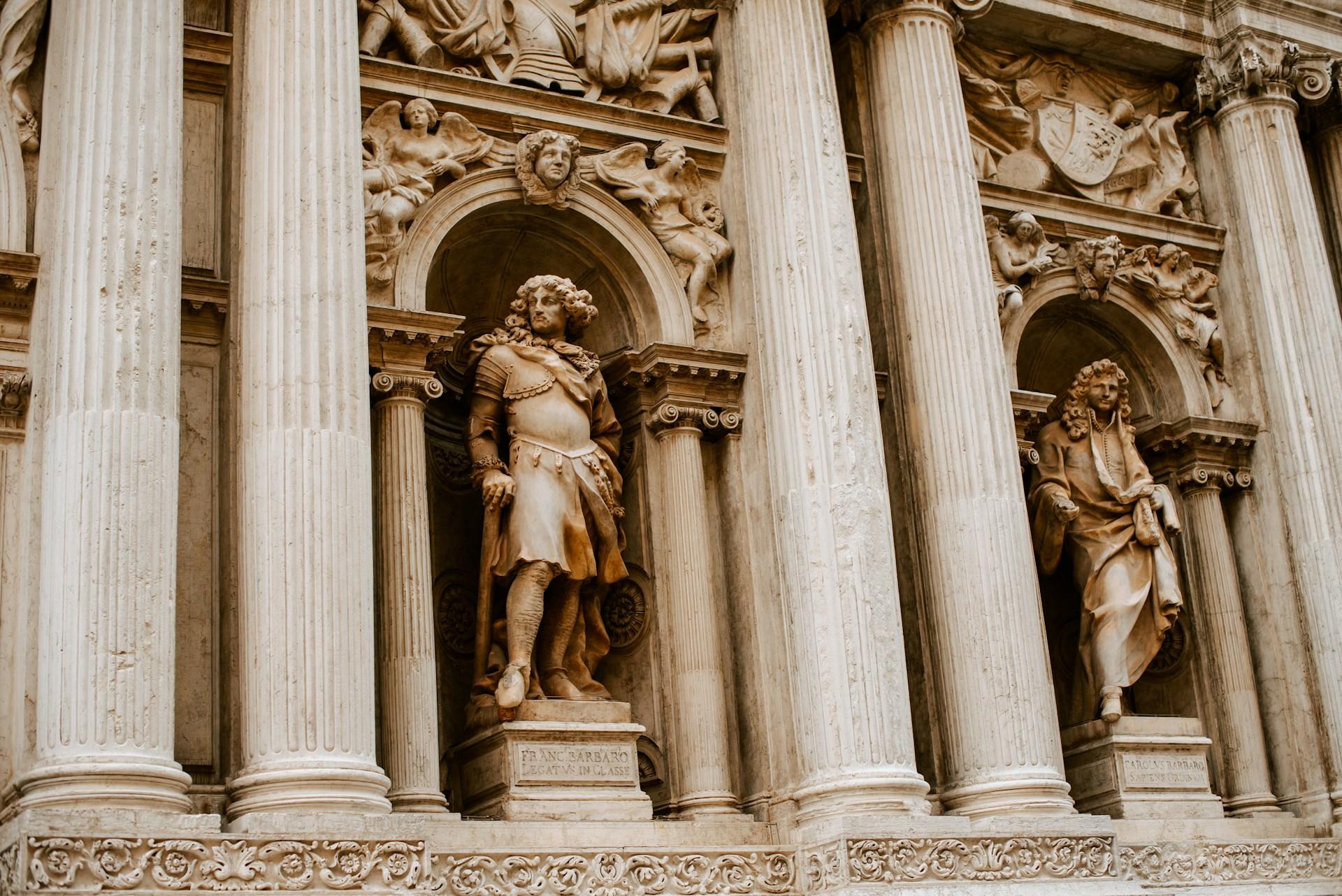A sculptor wields the chisel, and the stricken marble grows to beauty.
William C Bryant
When humans have enough food, strong enough shelter, and feel reasonably secure, their aspirations invariably turn to creating beauty. American psychologist Abraham Maslow described this phenomenon as a hierarchy of needs. Those with a more spiritual bent might interpret it as having an insurmountable, divinely-inspired creation drive.
No matter the angle, the catalogue of sculpted works around the world is remarkable. It speaks to our shared past - despite today's divisions. It testifies to the fact that our needs, whichever name one assigns them, are universal. These sculptors were masters at demonstrating that fact as they coaxed human expression from their medium.
| Sculptor | Where they're from | Masterpiece |
|---|---|---|
| Phidias | Athens | Zeus at Olympia |
| Donatello | Florence | Bronze David |
| Michelangelo | Florence | David |
| Bernini | Naples | The Ecstasy of Saint Teresa |
| Antonio Canova | Venice | Psyche Revived by Cupid’s Kiss |
| Auguste Rodin | Paris | The Thinker |
| Constantin Brancusi | Romania | Endless Column |
| Pablo Picasso | Spain | Guitar Sculpture |
| Alberto Giacometti | Switzerland | Walking Man |
| Barbara Hepworth | England | Forms |
| Robert Smithson | United States | Spiral Jetty |

Phidias (c. 480-430BC)
This Ancient Athenian designed and constructed some of the most important works in the Classical period. We credit him with the statue of Zeus at Olympia – one of the wonders of the ancient world. Many other colossal statues of Athena, at the Acropolis, at the Parthenon, and the Propylaea, bore his chisel marks, too.
All of these are now lost, and we know little about his life outside his work. Even this Athena statue is a replica of his original work.
Archaeologists unearthed his workshop, in the 1950s. This discovery revealed reams of information. Since then, art historians have learned more about the world's most famous sculptures Phidias created.
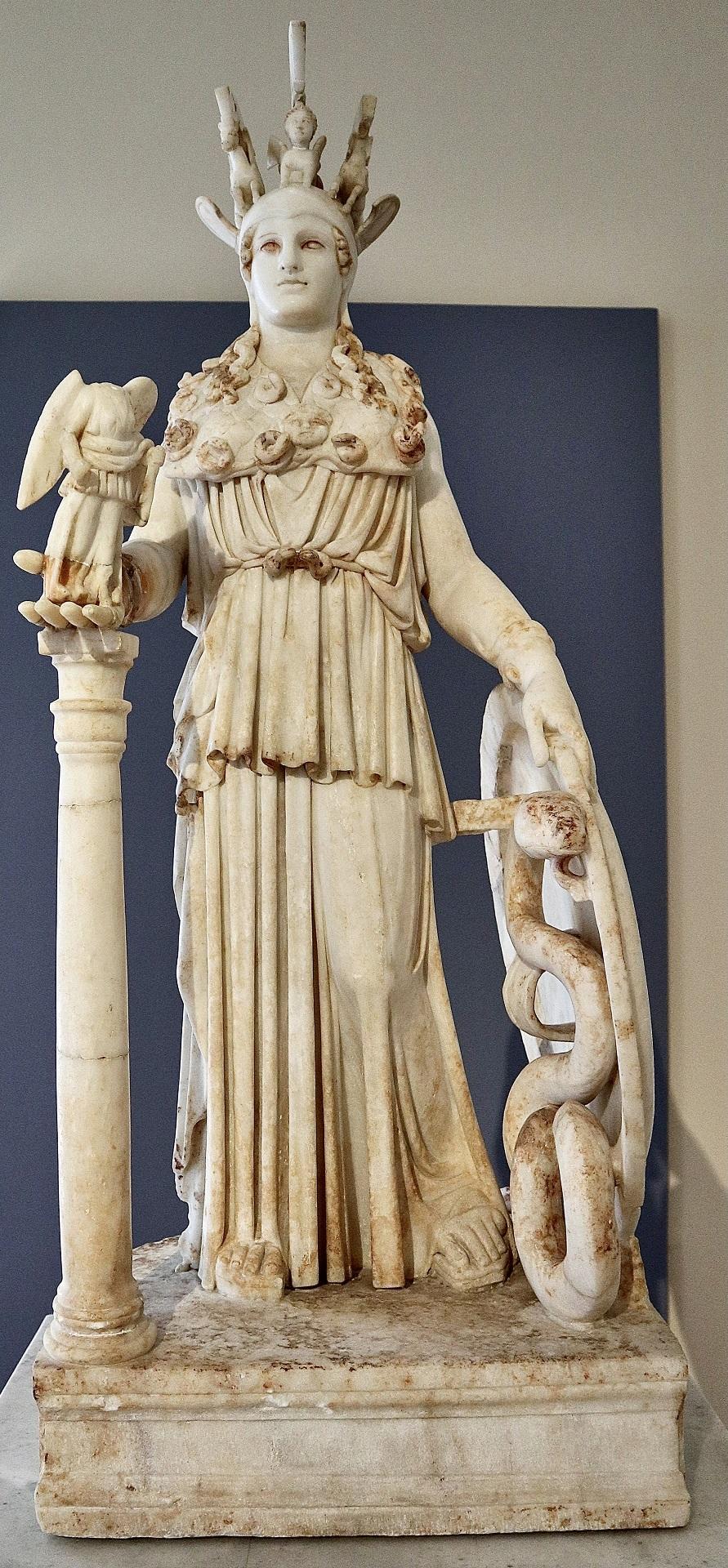
Donatello (1386-1466)
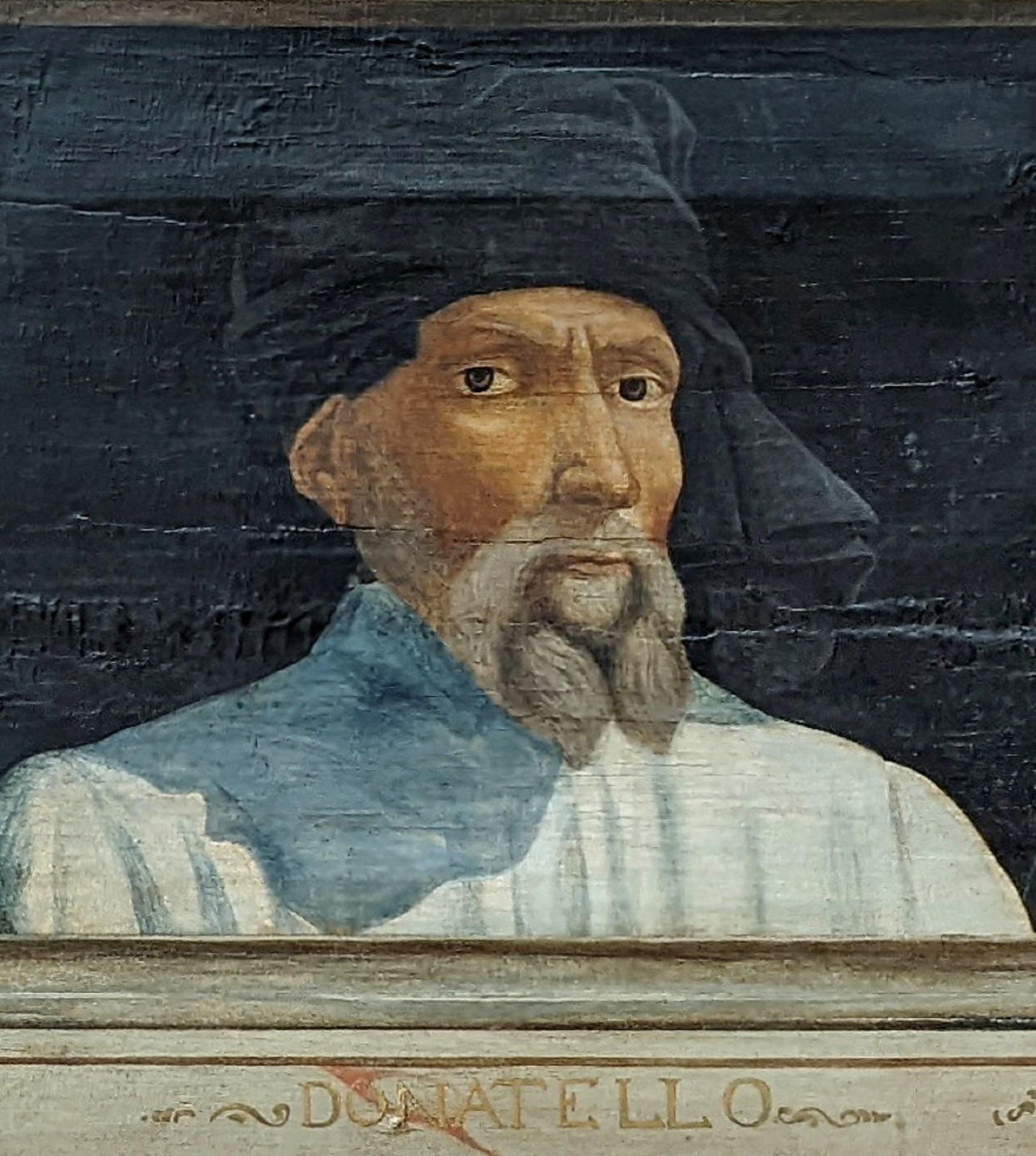
Donato di Niccolò di Betto Bardi, celebrated as Donatello, was one of the most influential sculptors in history. He steered Renaissance sculptors back to the classicist principles of Ancient Greece and Rome.
His mentorship was the basis of the Rebirth of Italian art; renaissance being 'rebirth', in French.
Consensus hails the Bronze David as Donatello's most famous work. It's also the first freestanding statue of a nude human created since Antiquity. Today, the name 'Donatello' is arguably more famous as a Ninja Turtle, but only until you learn everything about sculpture.
Michelangelo Buonarroti (1475-1564)
Top four Italian Renaissance names are Leonardo da Vinci, Raphael, and Donatello. The fourth name in this last – and the last of the Ninja Turtles, is Michelangelo. His David statue is among the most famous in the history of sculpture.
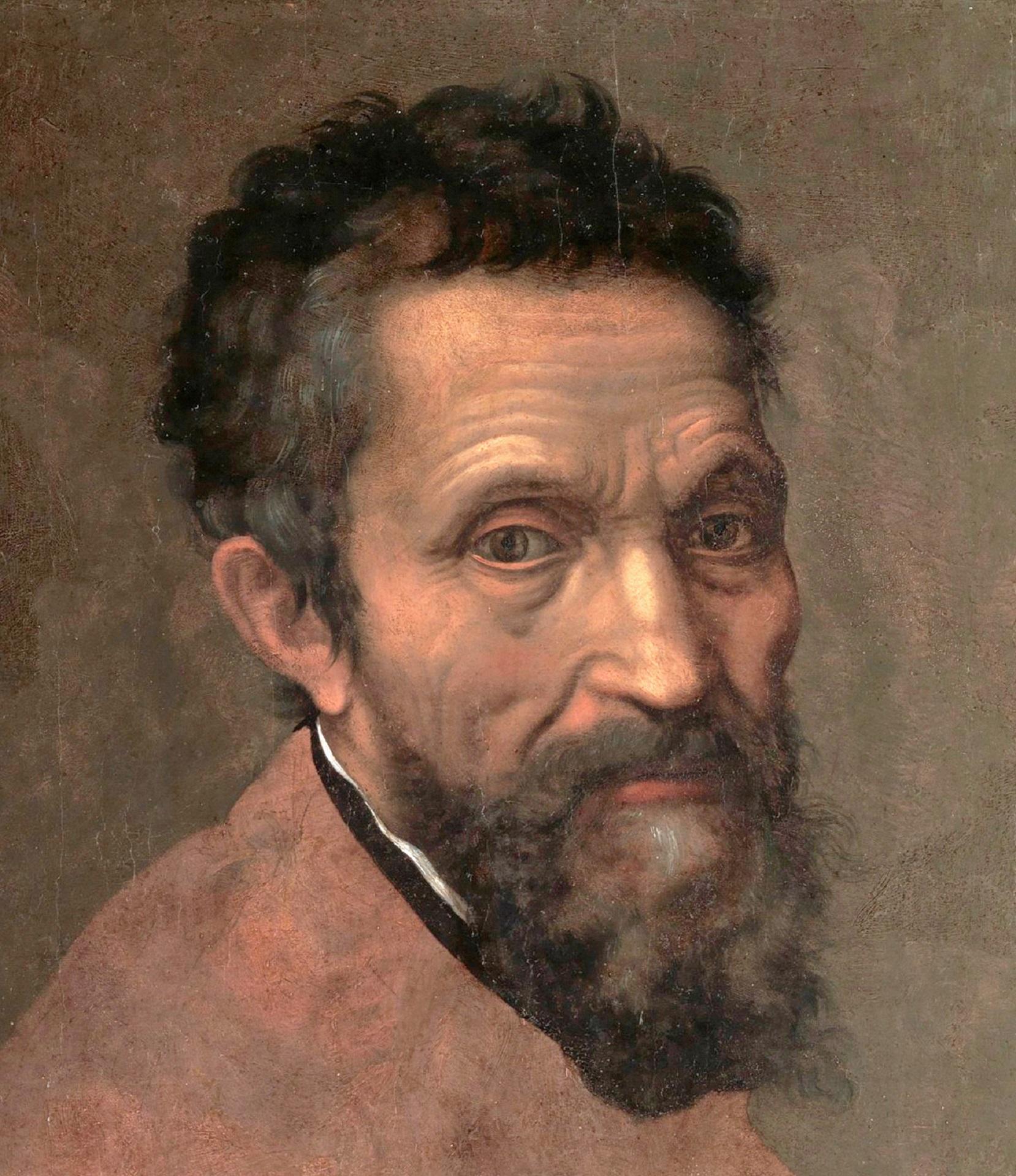
Kevin Eastman and Peter Laid, creators of the Teenage Mutant Ninja Turtles franchise, initially wanted the characters to have Japanese names, to fit the Ninja ethos.
However, as the franchise satirises popular tropes, they decided instead on these four Renaissance masters as names for their characters.
Michelangelo's artistic successes far outweigh any of his failures. Among his famous sculptures, we count the Statue of Victory, which heavily influenced the Mannerist style, and his marble Moses.
Besides being a master sculptor, he excelled as a painter. The Sistine Chapel ceiling is one of the most breathtaking works ever, as much for its breadth as its detail and vividness.
Gian Lorenzo Bernini (1598-1680)
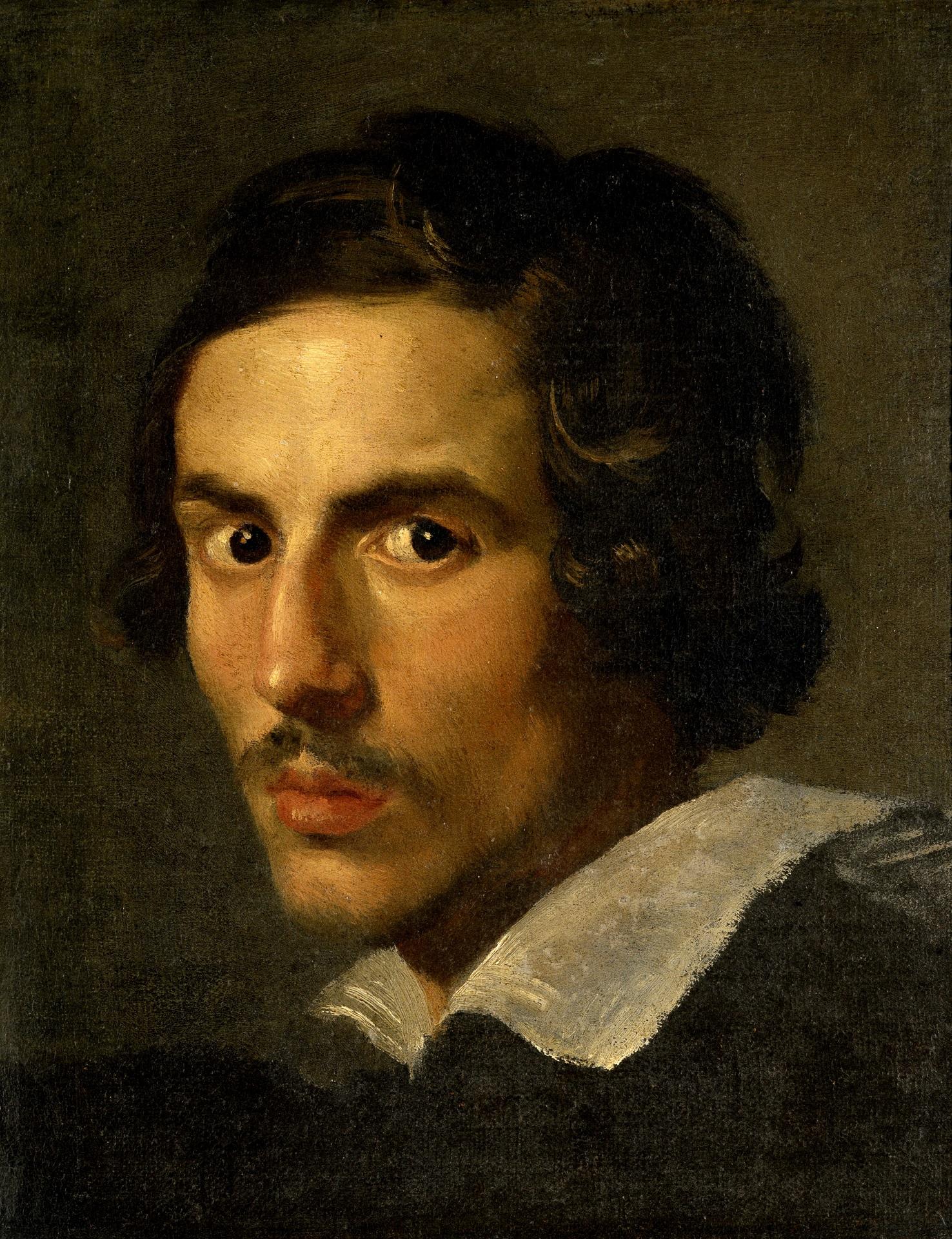
Gian Lorenzo Bernini followed in the footsteps of the great Renaissance sculptural artists. And then, he broke from them to establish a new movement. Everywhere, from the best art classes Perth to the top design schools in Sydney, people study Bernini's Baroque style.
This famous sculpture artist was also an architect and town planner; his work dots the Roman cityscape.
Establishing himself as a worthy successor to famous sculptors like Michelangelo and Raphael must have been daunting. His triumph is evident in his most famous works: the Ecstasy of Santa Teresa, and Apollo and Daphne. The Rape of Proserpina (1621-22), another of his famous works, depicts the Roman Goddess Proserpina's abduction to the underworld.
Antonio Canova (1757-1822)
After Bernini’s Baroque – and the subsequent rococo style, sculptors calmed down a little. Perhaps they sensed they had strayed too far into dramatic territory. Whatever their motivation, most famous sculptors of that day returned to the classical values of Greek and Roman sculpture. This meant simplicity, nobility, and naturalism.
Venetian Antonio Canova was arguably the most successful in capturing these values.
His most famous works are Psyche Revived by Cupid’s Kiss, Perseus Triumphant, and The Three Graces.
He was Italian too; he lived in Venice his whole life.
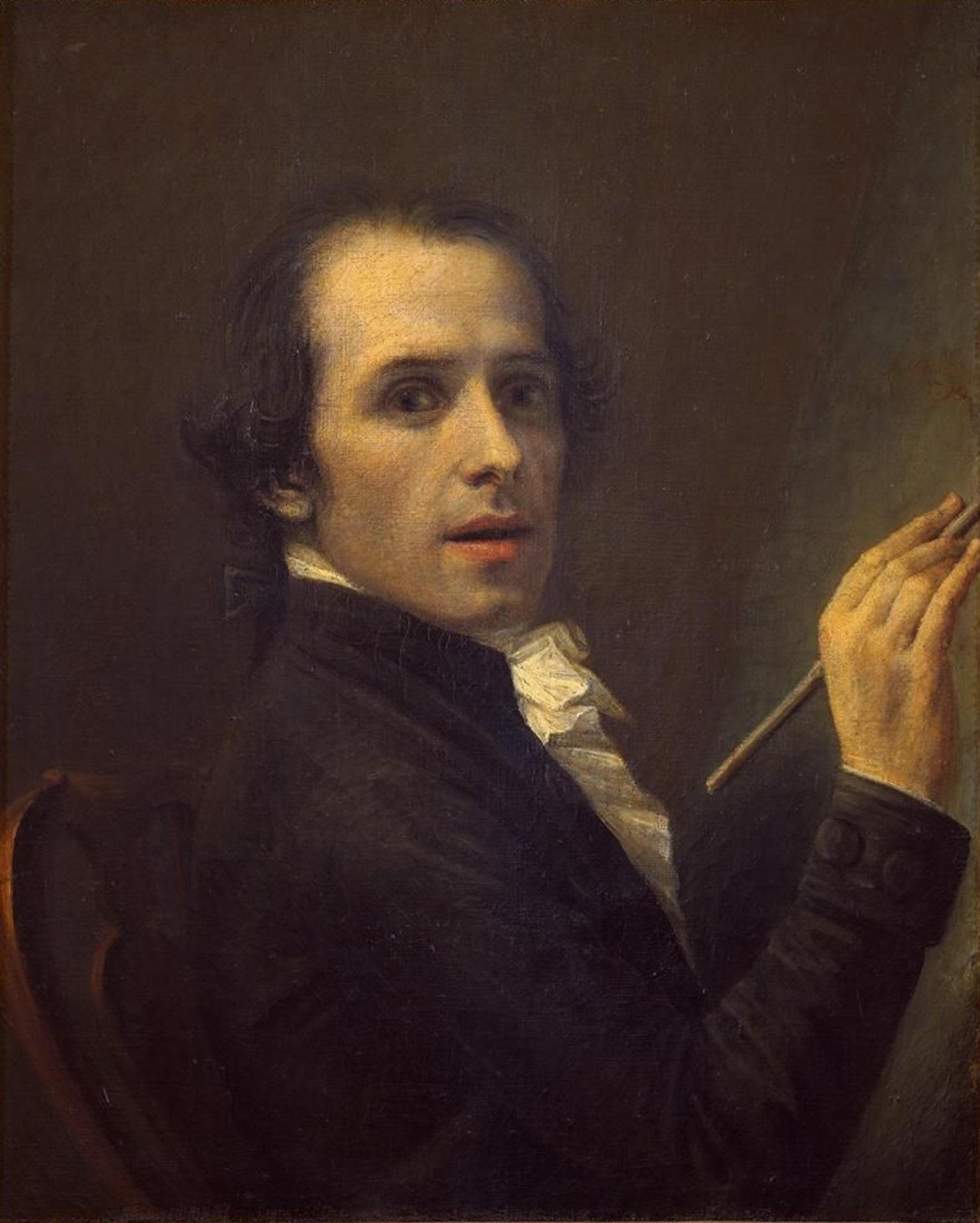

Auguste Rodin (1840-1917)
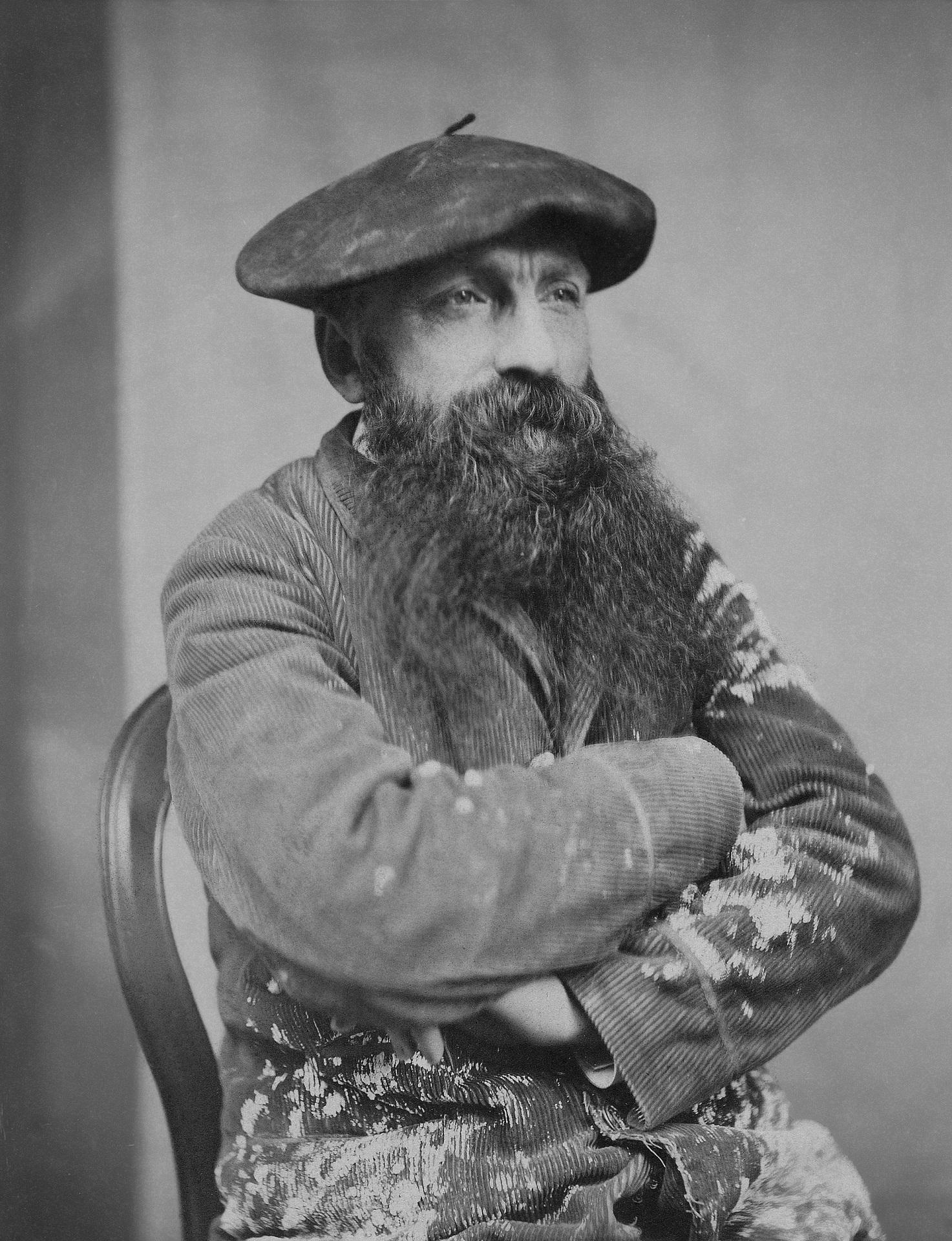
Like many artists, Rodin worked under constant criticism throughout his life. Rejected by formal art schools, and generally not accepted by his peers, his work was typically thought to be quite unconventional.
If you're drawing parallels with Vincent van Gogh, you're on the right track. Just as for that Dutch painter, this struggle is one of the great testaments to Rodin's tenacity and originality.
Today, we consider Rodin the father of Modernism, the art movement that dominated the early twentieth century. He didn't focus on classical mythology, allegory, or religious themes and narratives.
Rodin’s work was more impressionistic, more focused on the individual subject, and less polished in its finish. His art paved the way for subversive and innovative works to come, as we note from the world's best sculpture collections.
Constantin Brancusi (1876-1957)
The Romanian sculptor, Constantin Brancusi, was one of Rodin’s students. Like many mentor/protégé relationships - Plato/Socrates, Beckett/Joyce, Freud/Jung, the student soon surpassed the master.
Brancusi left Rodin’s studio to make a career of his own in sculpture, and develop his signature style. Today, we hail Brancusi as the Father of Modern Sculpture.
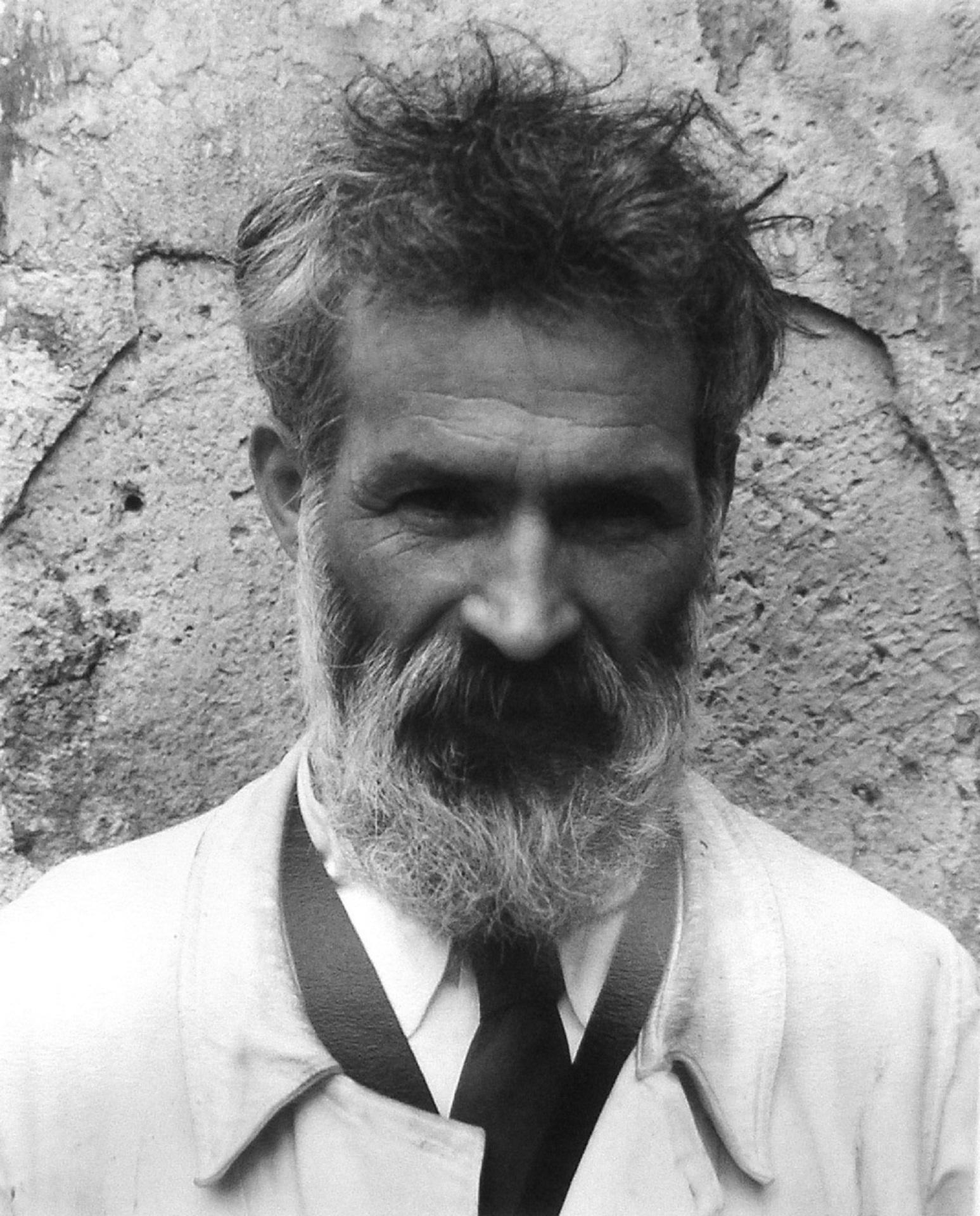
Rather than following the sculpting style that dominated during his student years, focused on simplicity of shape and form. The Kiss, or the Sleeping Muse, are high on his list of famous works. Endless Column, a part of his sculptural ensemble, ranks among the most famous of twentieth-century outdoor sculptures.
Pablo Picasso (1881-1973)
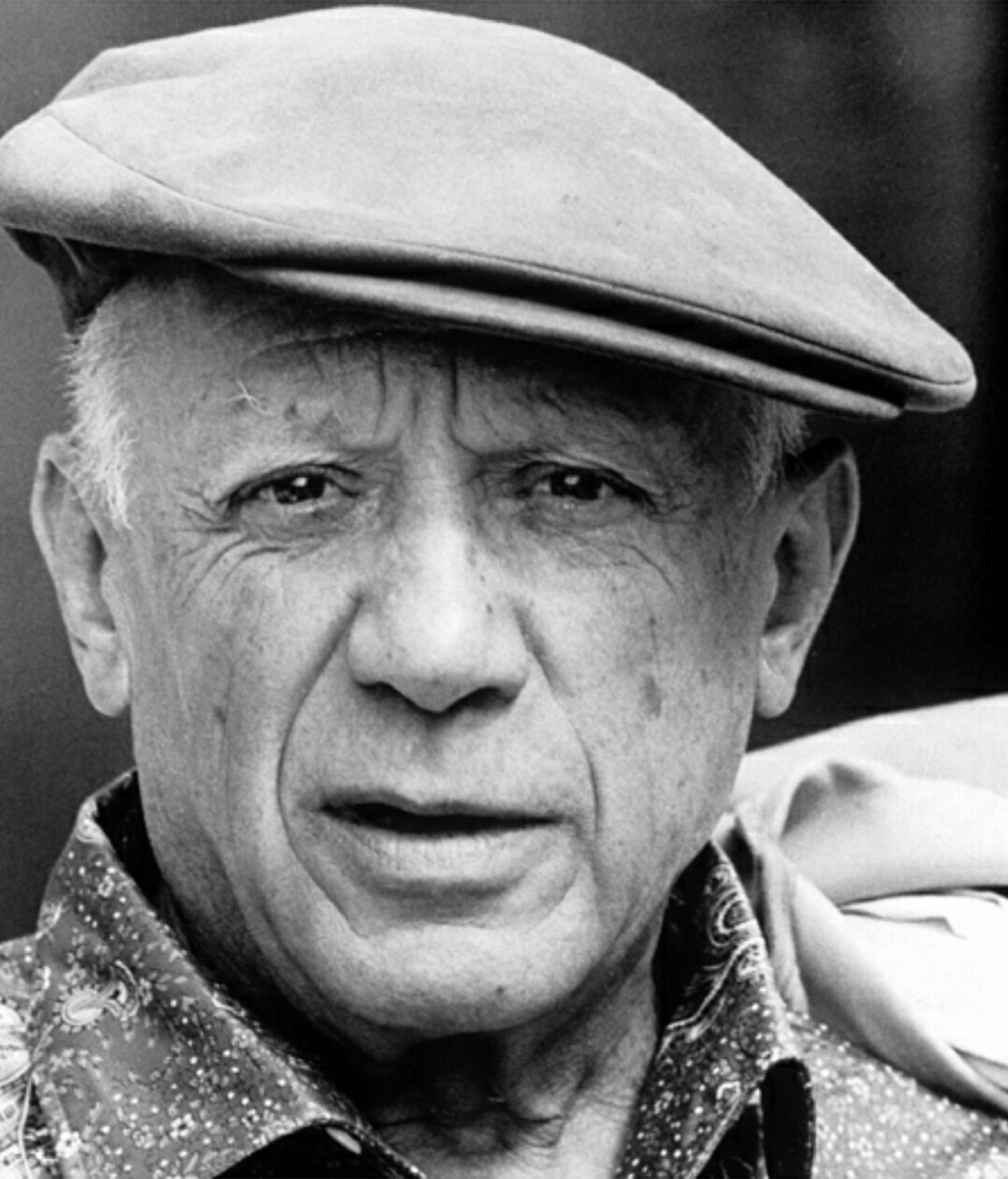
Picasso is one of the most famous names in the history of art. Cubism, the distinct style he helped pioneer, is what my mate taking art classes Brisbane, is working hard to master.
Cubist paintings appear discordant and detached from reality. Still, these avant-garde works represent clarity, and layers of complexity.
Whilst known primarily for painting, Picasso made waves in sculpting styles, too. He pioneered the art form known as the assemblage, or constructed sculpture. It's a three-dimensional collage of ordinary objects melded to a type of substrate. His iconic Guitar Sculpture consists of wire, cardboard and other throwaway items.
Alberto Giacometti (1901-1966)
This Swiss-born sculptor ranks among the most important of the 20th Century. He saw possibilities in Cubism that escaped other sculpting artists.
In many ways, Giacometti's vision formed the bridge between Cubist principles and Surrealism. His Walking Man and other human figures capture the despair and fatalistic nature of human existence.
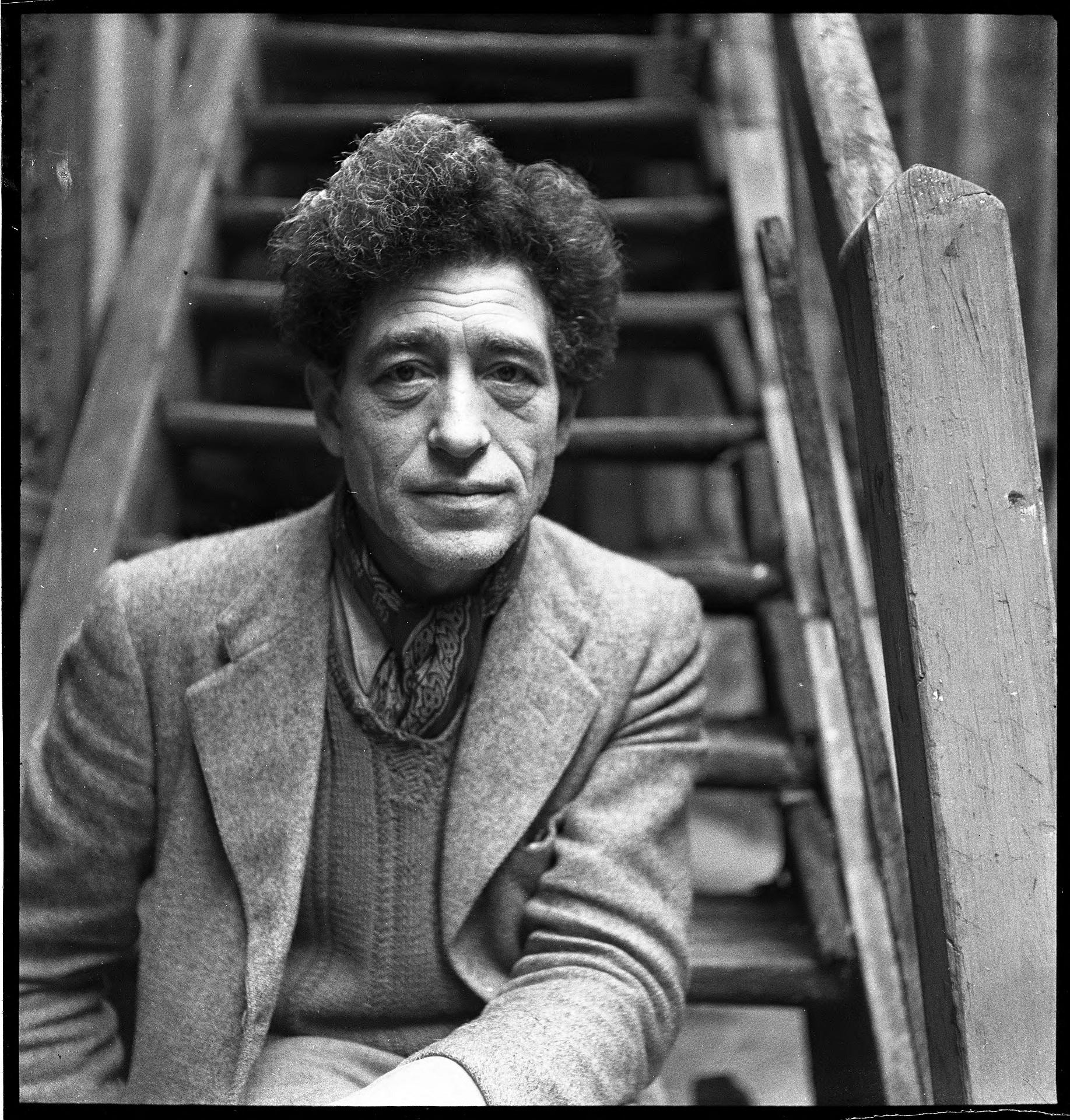
Spare and anxious-seeming, these elongated figures lean forward as they take giant strides, or stand frightfully still. Giacometti cites office workers rushing to their posts as his inspiration for the series.
Barbara Hepworth (1903-1975)
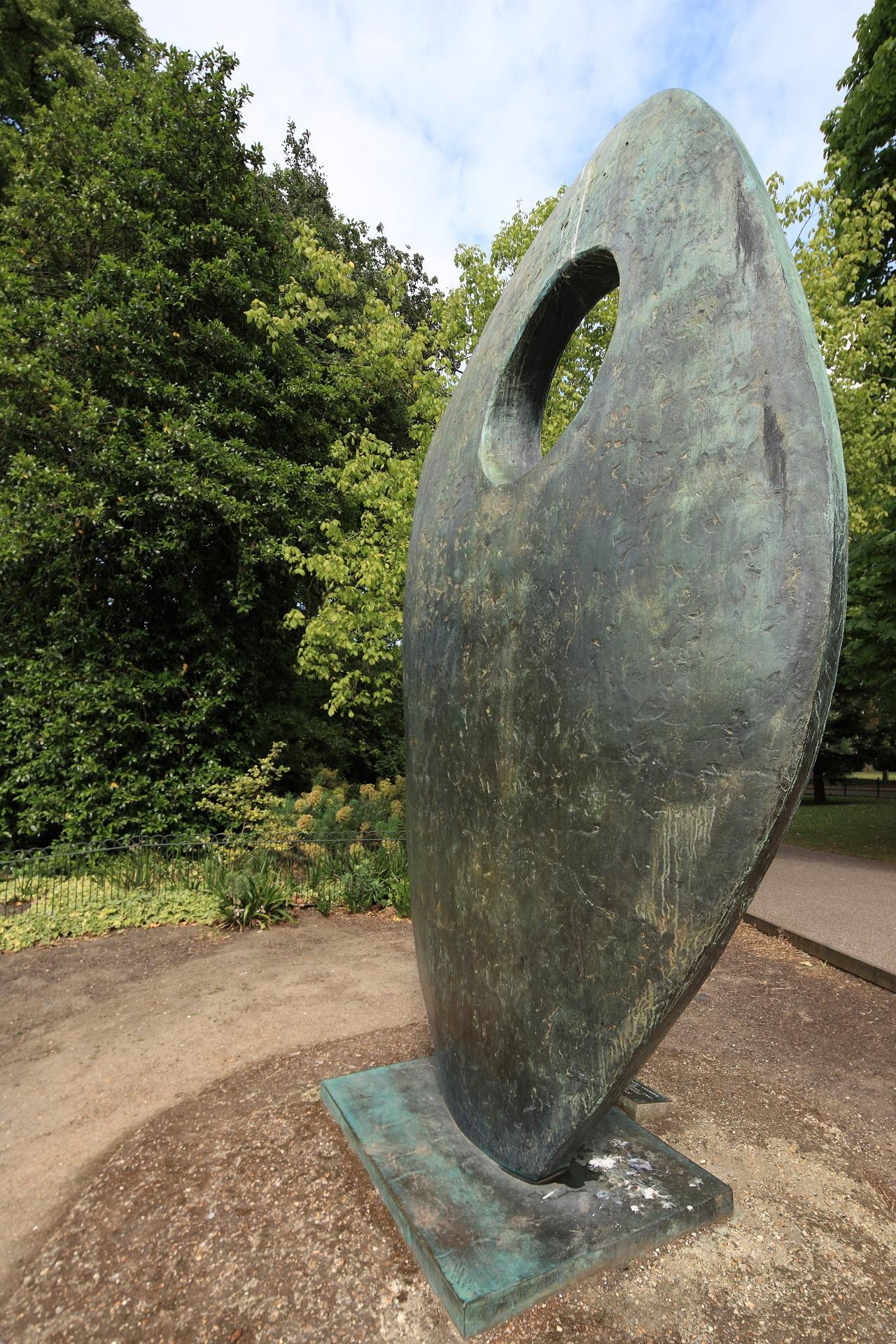
Dame Hepworth is remarkable for many reasons, not the least of which being the only female on our list of famous sculptors. Historical standouts like Artemisia Gentileschi (1593-1651) - and this sculptor, are decidedly minorities.
Her work typifies the Modernist style, which predates Cubism by only a few years. Curiously, Modernism does not reflect new ways of creating art, but the despair over the loss of societal values. Dame Barbara used metal, wood and other materials to capture that despair, most notably in her Forms sculptures.
Robert Smithson (1938-1973)
In the twentieth century, the limits of what artists could do, and what they could define as sculpture, disappeared.
This was a century of committed artistic innovation which brought with it a proliferation of styles, media, and themes. And Robert Smithson was one of its most radical innovators.
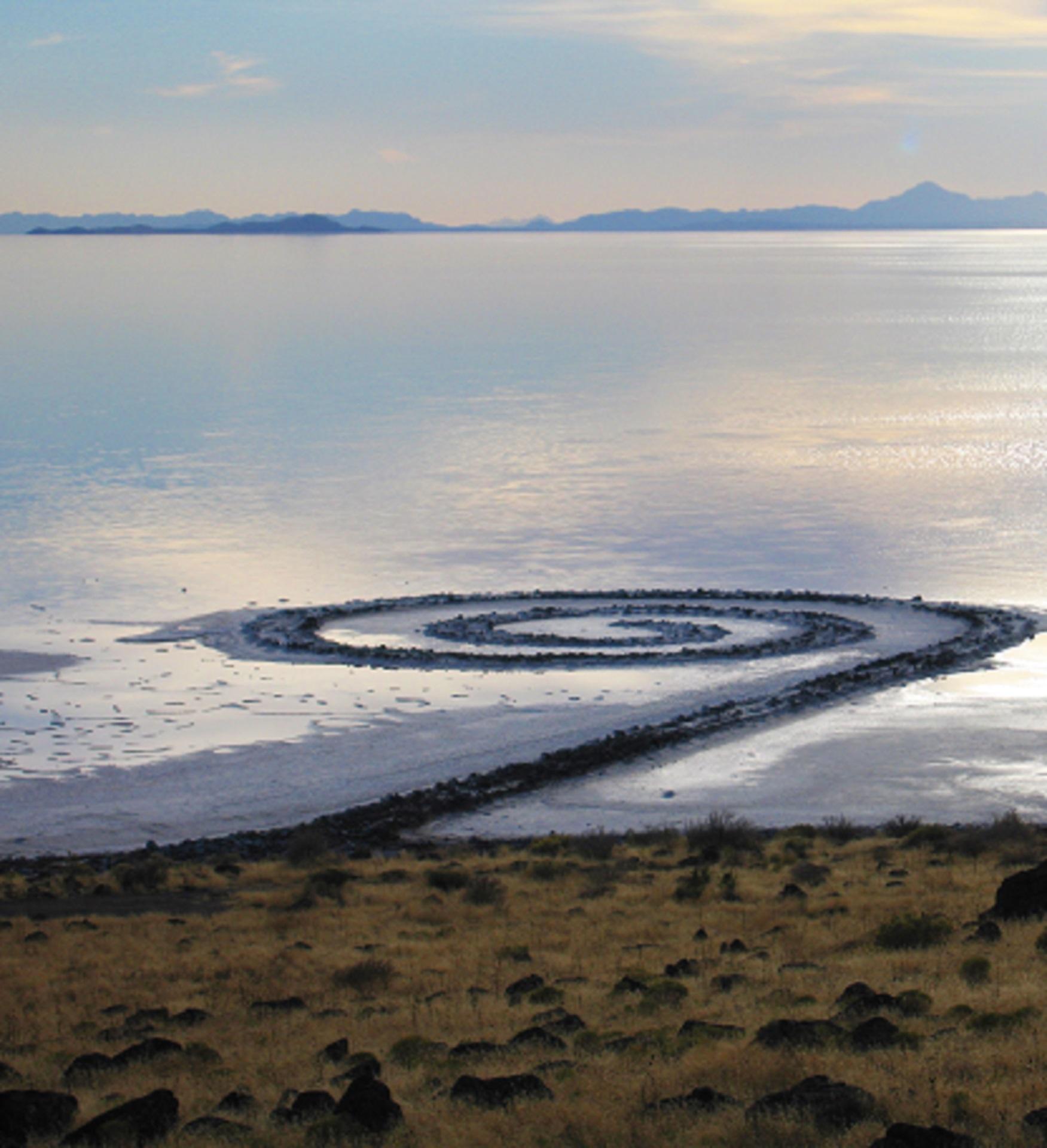
His work represents different sculptural styles, focused on making art out of the land, and manipulating land to make it artful. His most famous work is probably the Spiral Jetty, constructed in the Great Salt Lake in Utah, US.
Anonymous: The Forgotten Sculptural Artists
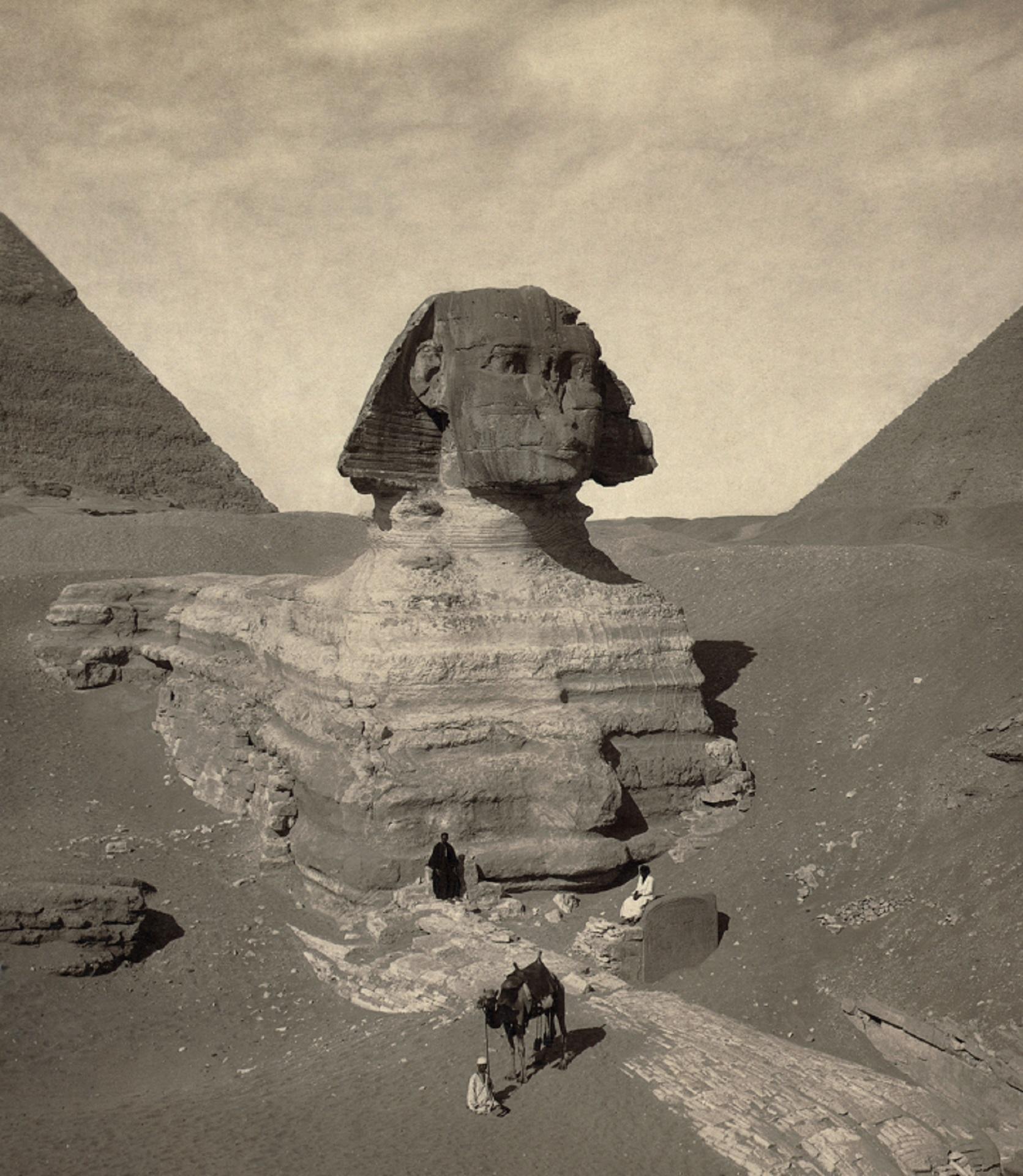
Artists signing their work hasn't always been standard practice. Renaissance writers, painters, and sculptors began doing so to attract patrons and earn commissions.
That leaves the artwork of millennia uncredited. Historians do their best to assign credit by appraising the style, estimating the age, and positing whose work it could be.
The Great Sphinx of Giza is a case in point. To date, no record reveals who designed this masterpiece. We can only guesstimate the legions of workers who carved it.
The net result is that, from the dawn of art creation until now, we can only credit a tiny percentage of artists. For instance, scientists estimate the Austrian Venus of Willendorf stone carving as being more than 30 000 years old. The humanoid species that executed that work is likely extinct. We've no clue who they were.
And so, we close our famous sculpture artists exposé with those whose names we can never know. We know our home was theirs before it became ours, thanks to the treasures they left. We see their influence even in art classes for kids; still today, those long-gone masters inspire the next generation of sculptors.

